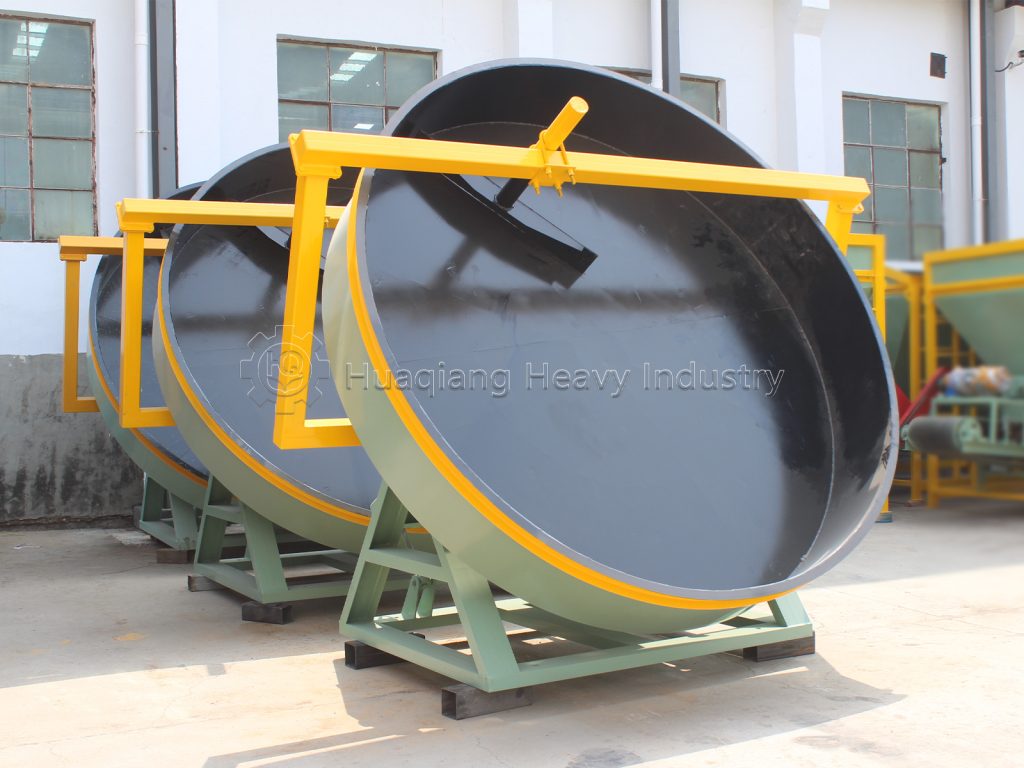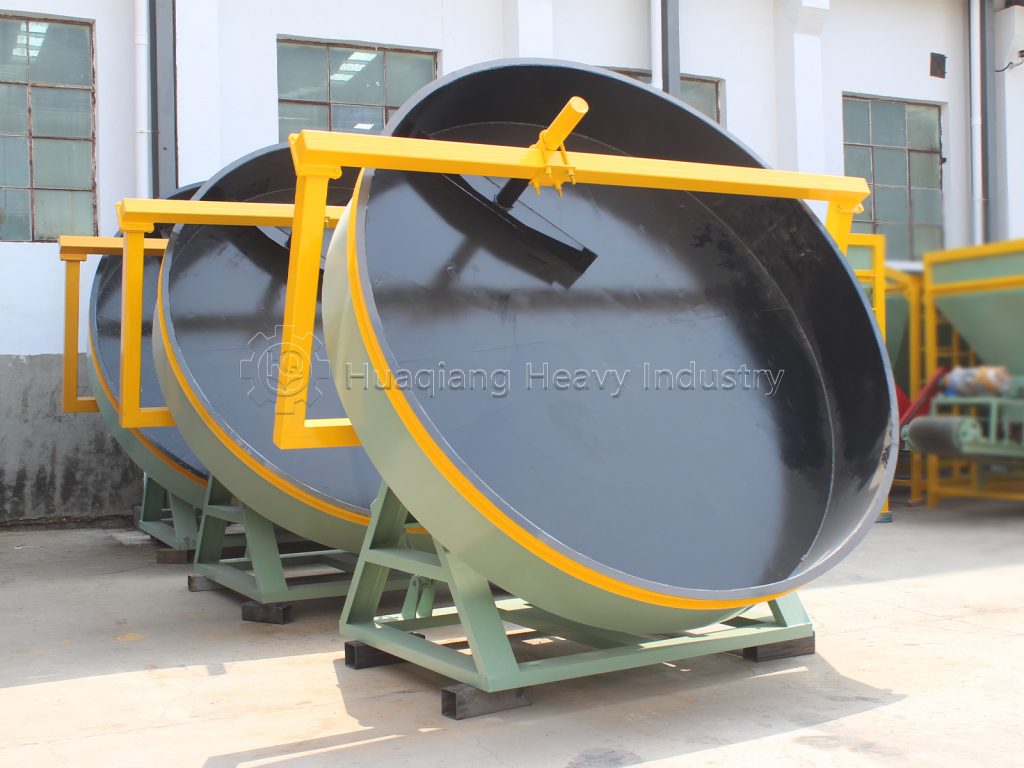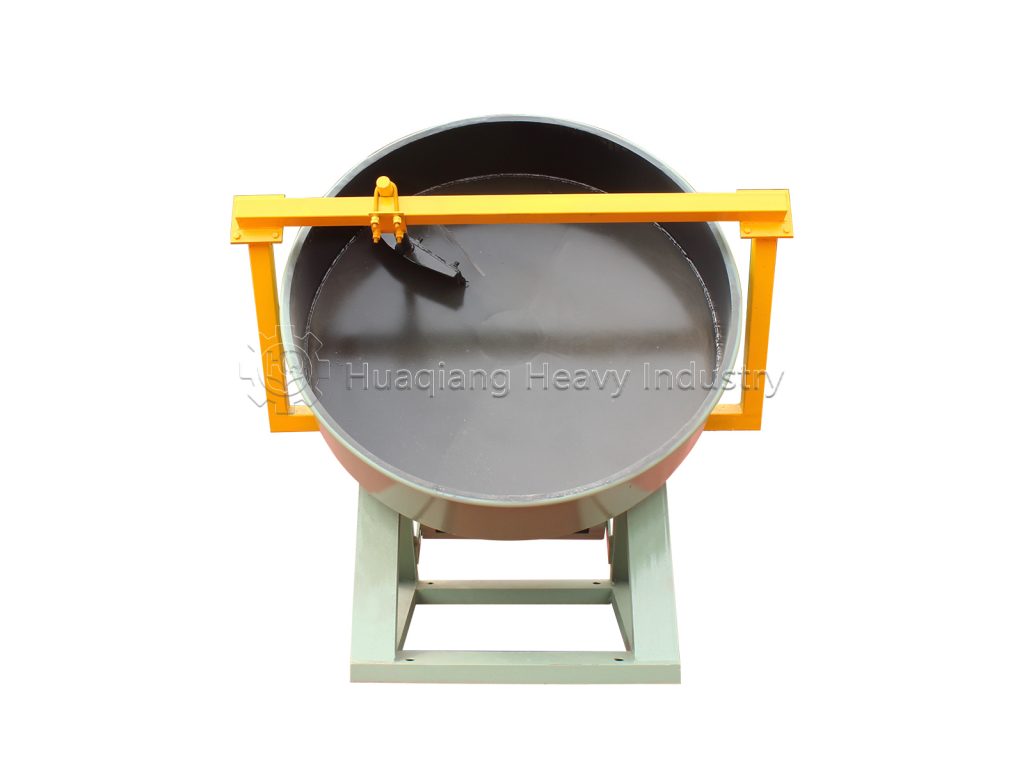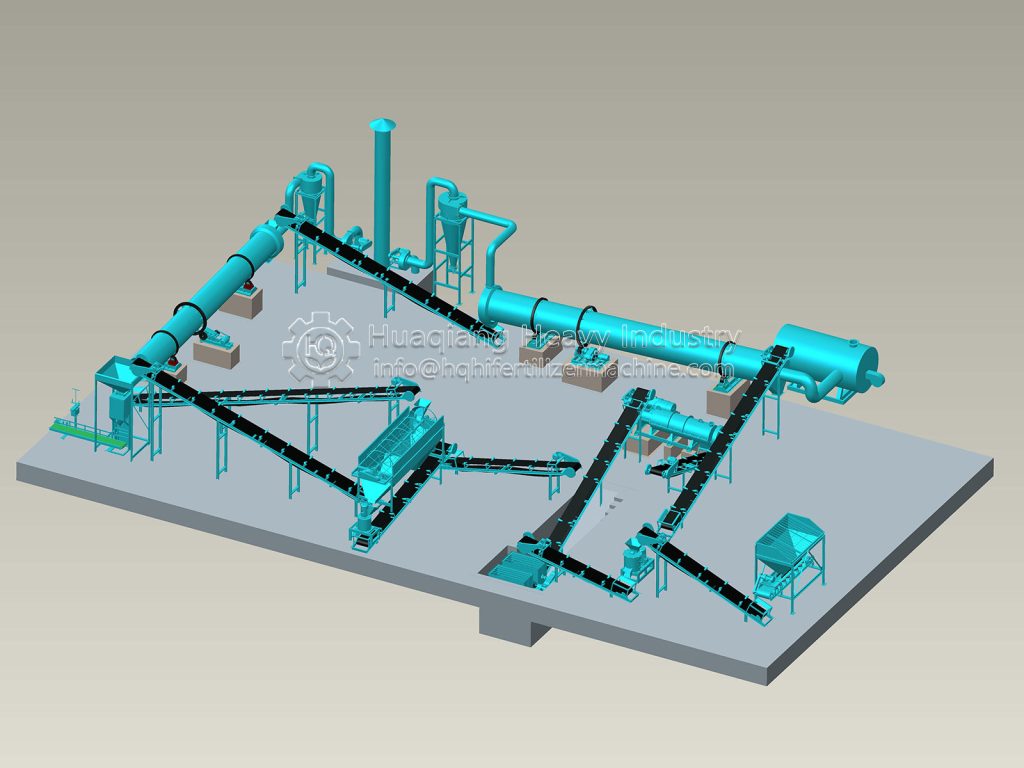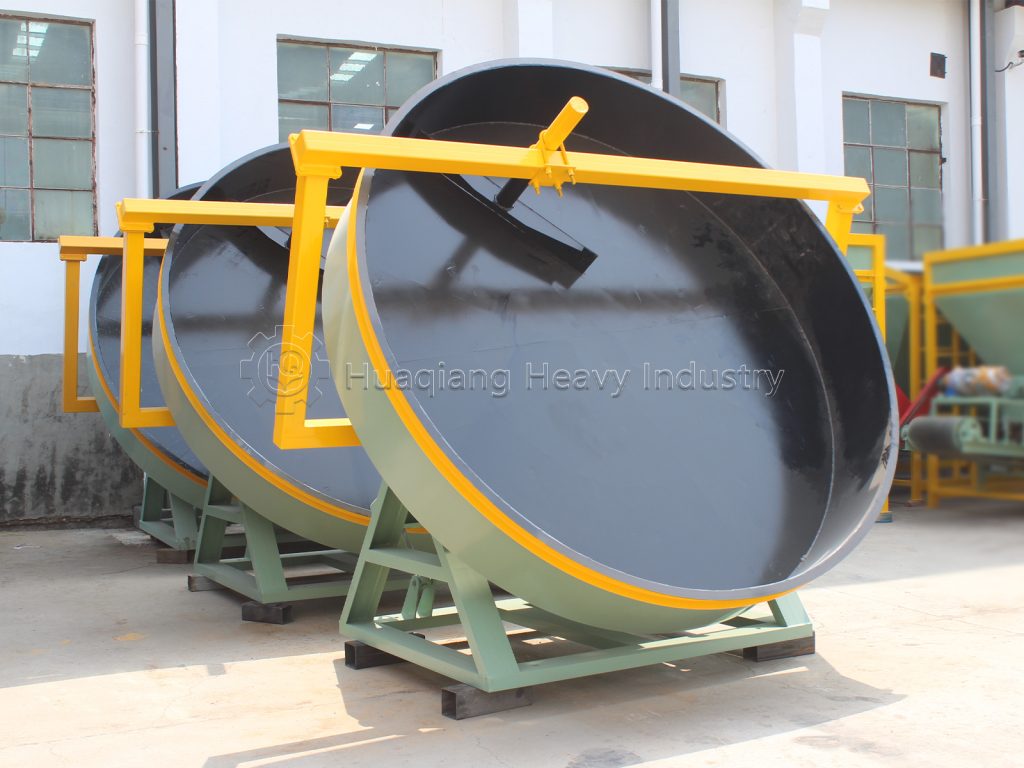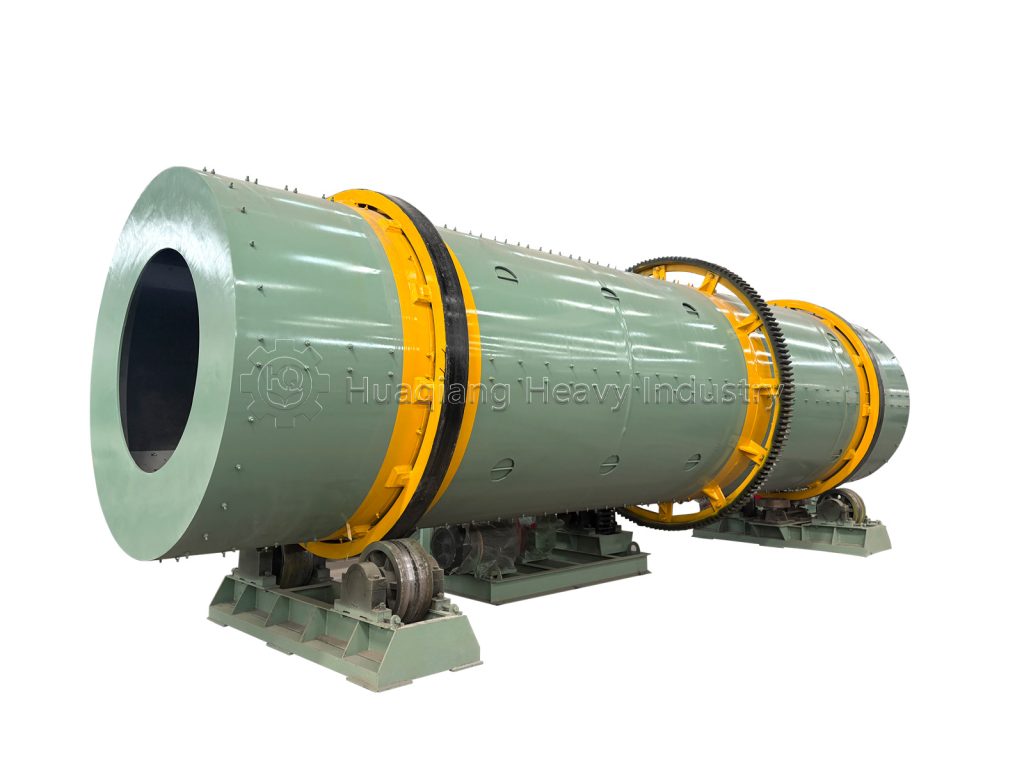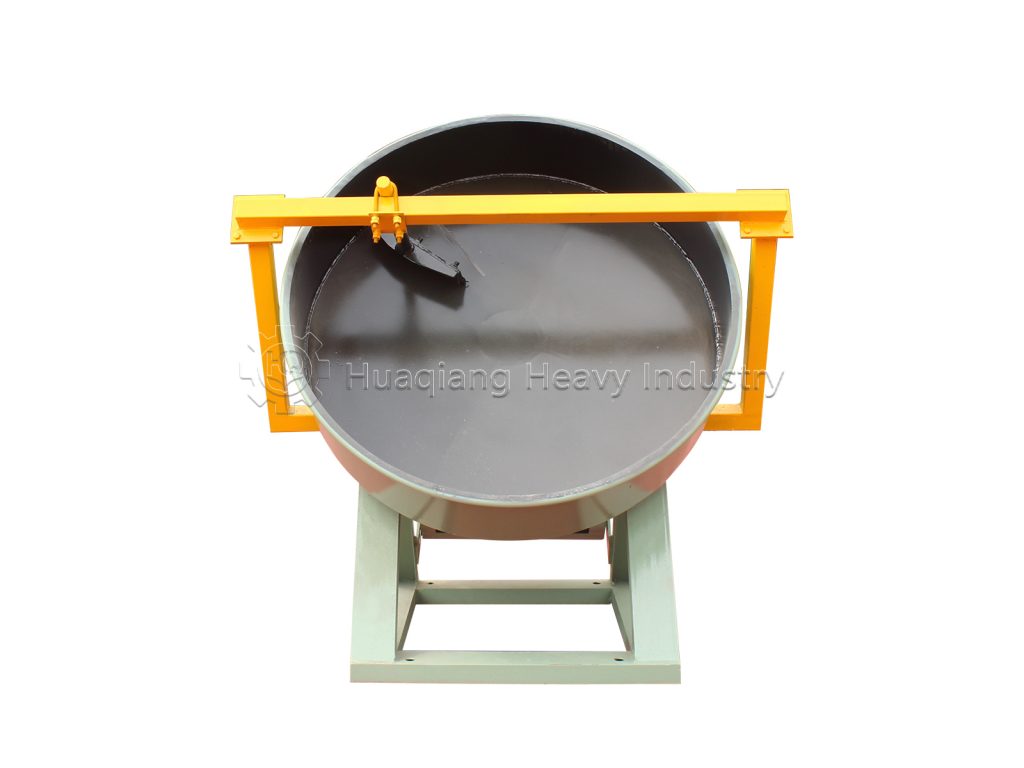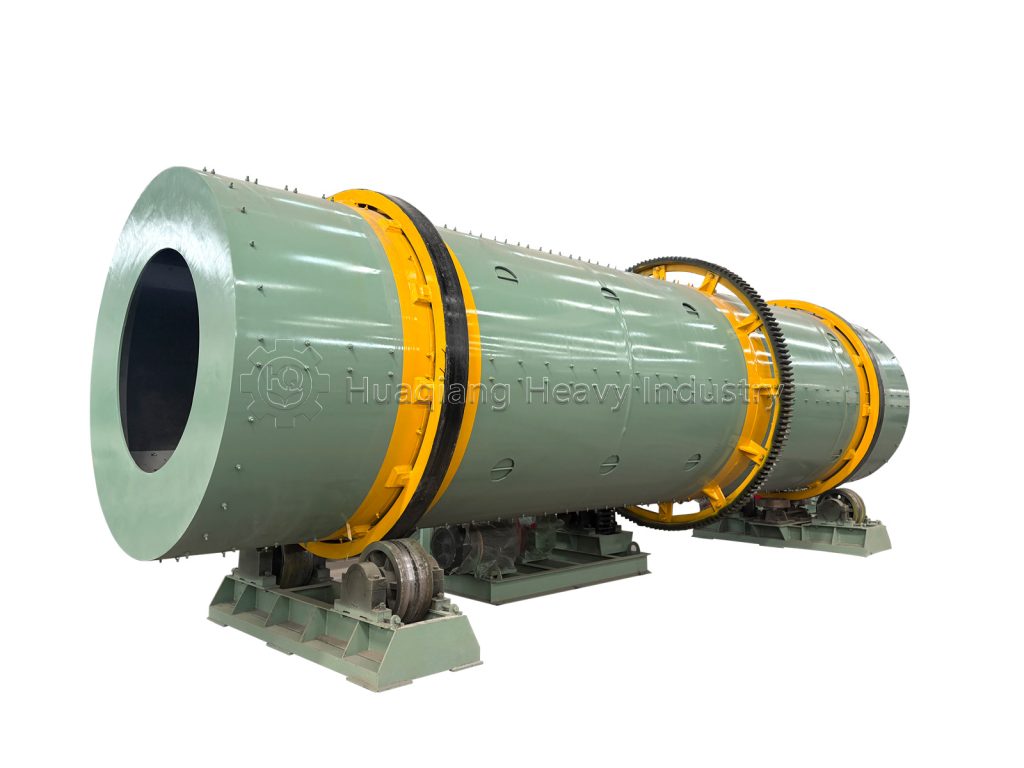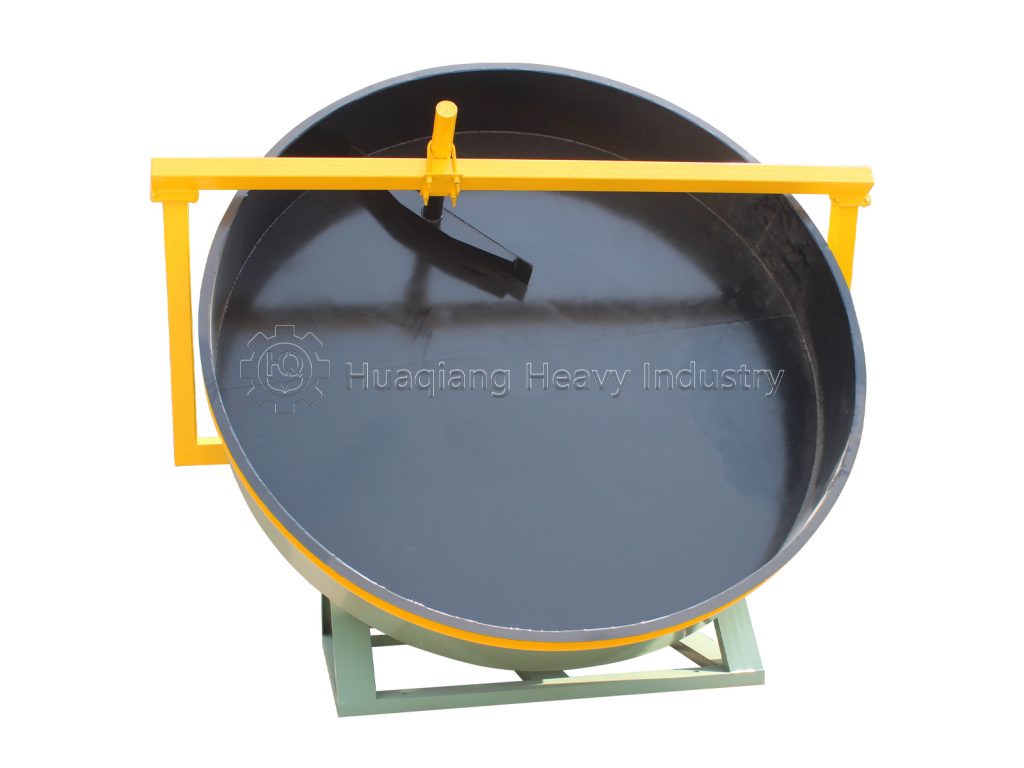In organic fertilizer production lines, the efficiency of disc granulators directly impacts overall production capacity and finished product quality. To maximize equipment performance, systematic optimization is necessary, encompassing multiple aspects, including material compatibility, parameter control, and standardized operation. Specifically, these four key areas can be addressed.
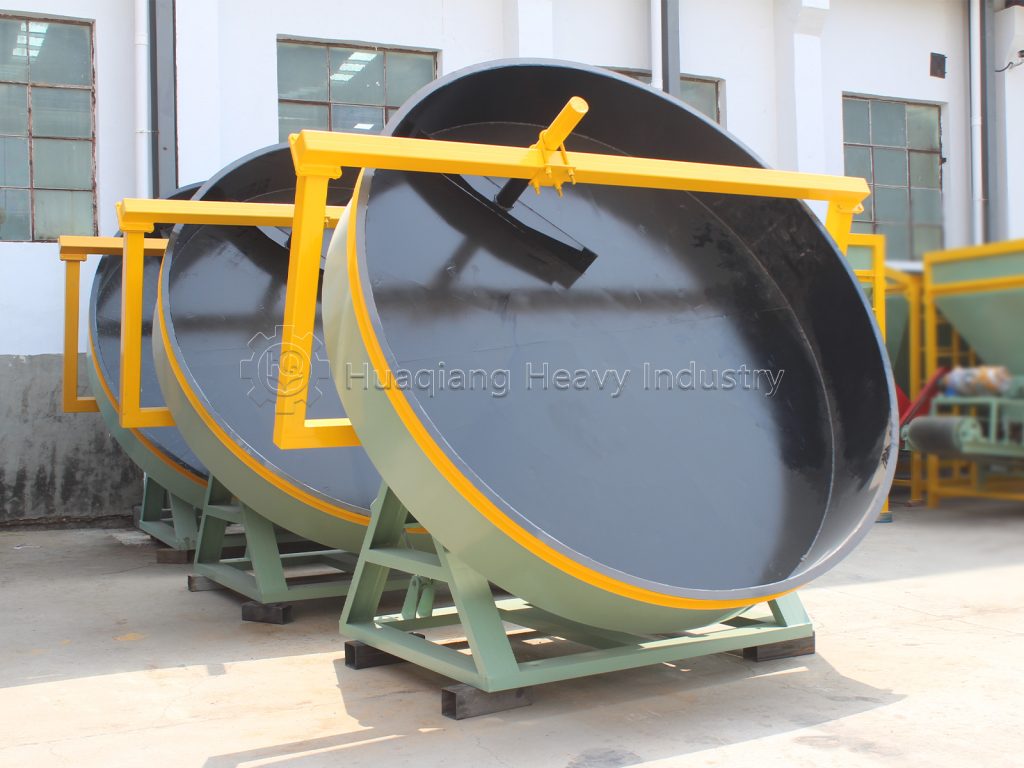
First, effective material pretreatment is fundamental. Organic fertilizer raw materials, such as livestock and poultry manure and straw, often exhibit uneven moisture content and coarse particle size. Dehydration through extrusion or atomization is essential to precisely control the material moisture content to 35%-45%. This avoids low moisture content, which can lead to difficult pellet formation and high reject rates, or high moisture content, which can cause pellet sticking. Furthermore, a hammer mill combined with a vibrating screen can be used to refine the material to a particle size of 80-120 mesh, removing impurities and coarse particles, reducing granulation resistance, and clearing obstacles for subsequent processes.
Second, scientifically adjusting equipment parameters is crucial. The disc inclination angle and speed should be adjusted flexibly based on the material characteristics. Typically, the inclination angle is set at 18°-22°, and the speed is controlled between 15-25 rpm. For highly viscous materials, the inclination angle can be increased and the speed increased to reduce wall sticking. For dry materials, the inclination angle and speed should be reduced to ensure adequate rolling and forming of the pellets. Furthermore, installing an atomizing spray system allows moisture to be evenly applied to the material surface, preventing overwetting and improving pellet uniformity and forming speed.
Furthermore, standardized operational management is essential. Operators must strictly adhere to the procedures of pre-startup inspection, monitoring during operation, and post-shutdown cleaning. Before starting the machine, check bearing lubrication and disc levelness. During startup, control the material feed rate to avoid overloading and resulting in particle size fluctuations. If problems such as overfine particles or wall sticking are detected, fine-tune parameters promptly to minimize downtime and ensure continuous and stable operation.
Finally, regular maintenance can extend the life of the equipment and maintain high efficiency. Clean the discs of residual material and inspect the liner for wear daily. Tighten the liner screws and adjust the drive belt tension weekly. Replace the bearing lubricant and test the motor performance monthly. Promptly replacing worn parts prevents minor faults from becoming major problems, ensuring the disc granulator is always in optimal working condition and helping improve the quality and efficiency of your organic fertilizer production line.
